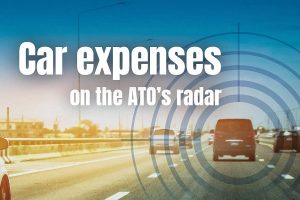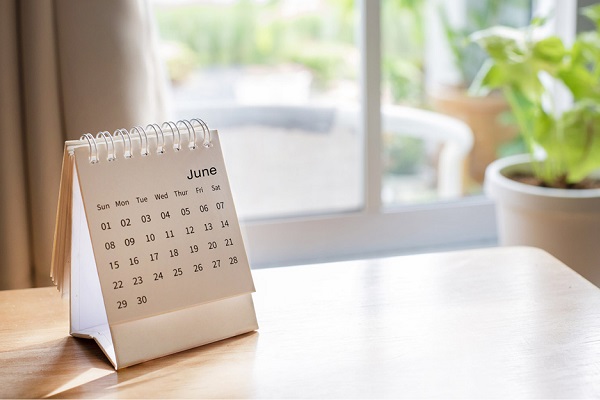With almost 4 million Australians making work-related car expense claims, the Australian Tax Office has the practice in its headlights.

Not only are they on the lookout for people wrongly claiming, but they are also armed with enhanced technology to check these claims.
As a result, you need to make sure that if you claim your car expenses, or if your employees use a company car for private use, that you are sticking to the rules, not double dipping and not misrepresenting actual usage.
ATO driven to act
In 2016-17, the ATO says more than 3.75 million people made a work- related car expense claim totalling some $8.8 billion. Indeed, 40 per cent of all claims are for car-related expenses so it’s not surprising that they have decided to crack down.
The ATO acknowledges that the rules around deductions for vehicles can be complex and mistakes easy to make. Whether by accident or design, it believes many employees are making errors.
The key problem areas are:
- Private trips
- Trips that never occurred
- Car expenses paid for by employee and reimbursed.
The ATO says there are three golden rules when employees claim car related expenses:
- You must have spent the money yourself
- Your claim must be directly related to earning your income
- You need a record to prove it.
The ATO cites a case where someone claimed $3800 saying he needed to transport bulky tools to and from work as there was no secure storage area at his workplace. When the tax office consulted his employer they discovered that not only was he provided with a company car at all times but that he was given all his tools so had no need to transport them. As a result, the claim was disallowed and the employee had to pay a penalty.i
Penalties can be up to 200 per cent of the tax avoided although generally they are 25 per cent to 75 per cent of the shortfall between the correct liability and the amount the taxpayer paid. If it is seen as a genuine oversight, then penalties are usually avoided.
Novated leases can also present issues. If you have a novated lease, then it is your employer who owns the car and incurs the running costs of the car, not you. So, if you try and claim you would be viewed as double dipping.
Logbooks must also be accurate. If you create a logbook and the ATO discovers it was filled out, say, a year after the event, then they can deem the claim invalid unless you can prove that you actually undertook that mileage.
FBT and employers
For employers, Fringe Benefits Tax is an issue. The tax is payable when a company owns or leases a car and makes it available for employees’ private travel such as travel between home and work.
Some vehicles are exempt from FBT. For instance, a single cab ute (two seats) qualifies for full exemption while a dual cab (four/five seats) is only exempt for work-related use.
There are two ways to calculate a deduction for car expenses: you can use either the cents per kilometre method or the ATO logbook. The choice will depend on how much you travel. If you travel less than 5000km a year then cents per kilometre is preferable; if more, then consider using the logbook.
If you use the former, then you can claim 68c for each kilometre. While you do not need a logbook to substantiate the cents per kilometre method, you do need to have actually driven that distance. As the tax office says: the cents per kilometre method is there to simplify record keeping not to provide a free ride.
With the logbook you monitor your usage over a 12-week period and then determine the percentage of business use. You can claim running costs, insurance, repairs, depreciation and registration of the vehicle for that percentage.
If you want to make sure you stay on the right side of the ATO, call us to discuss the tax treatment of your vehicle.
Did you enjoy this article?
Click below to share it
More News Articles
Subscribe to Our Mailing List & Connect Through our Socials
While you may have come to us from a variety of sources, the time has never been better to join us.
Subscribe to our mailing list and connect through out socials to keep up to date with our latest news and get some tips.










